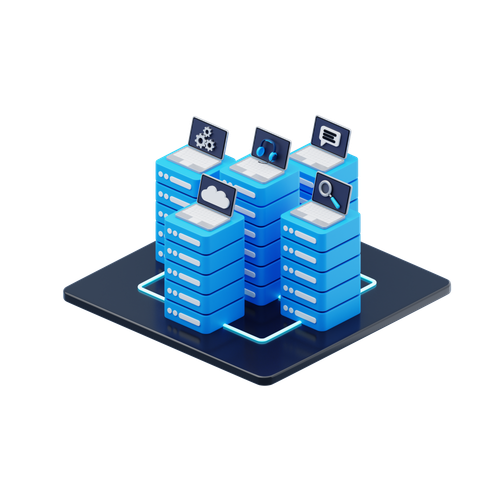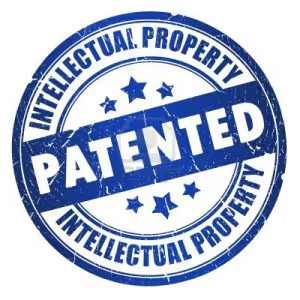
Best Prior Art Search Software for 2026: AI Tools and Enterprise Platforms Compared


What can be patented? In this article, we will discuss the types of inventions that can be patented and delve into the requirements for patentability. We’ll delve into the advantages of safeguarding your invention with a patent and provide an overview of how to obtain one in the US, from initial filing through completion.
Furthermore, understanding what cannot be patented is equally important. We will examine laws and regulations governing patent eligibility while identifying certain types of inventions that do not qualify for patents. This knowledge will help you identify potential alternatives to protect your innovative ideas.
In order to determine if your invention is eligible for a patent or not, our guide offers practical steps such as conducting thorough research on existing patents and the prior art, consulting with experts in your field, analyzing novelty and non-obviousness criteria, along with considering commercial potential. So let’s answer the question: what can be patented?
Table of Contents
The USPTO bestows patents on novel, utilitarian and creative ideas. These can include machines, medicines, computer programs, articles made by machines, compositions of matter such as chemicals or biogenetic materials, processes (an act or series of acts that produce an article), and even some software applications. However, laws of nature cannot be patented nor can any invention be deemed contrary to the public good.
To be eligible for patent protection, a machine must be novel, have utility and not appear obvious to someone knowledgeable in the relevant field. Examples of patented machines range from simple devices like staplers to complex systems like autonomous vehicles.
New pharmaceutical drugs with therapeutic effects on humans or animals are eligible for patent protection if they demonstrate novelty and usefulness. Chemical compounds used in various industries such as agriculture or manufacturing may also receive patents if they meet these same requirements.
Vaccines developed using innovative techniques can potentially obtain a patent due to their unique composition of matter.
A process is defined as an act or series of acts that produce an article; this includes methods utilized within various fields including engineering design processes. This could involve creating new materials through specific treatments applied during production stages leading up to the final product assembly steps.
Processes can be patented if they are novel, useful, and non-obvious to a person skilled in the relevant field. Examples of patentable processes include manufacturing techniques for producing semiconductors or methods for purifying water.
To qualify for a patent, an invention must satisfy certain requirements.
Key Takeaway: What can be patented? The USPTO grants patents for new, useful, and nonobvious inventions such as machines, medicines, and processes. To be eligible for patent protection in the United States Patent system an invention must have novelty, utility and not be obvious to someone skilled in that field.
What can be patented? Can software be patented?
While software is eligible for both patent and copyright protection, obtaining a software patent can be quite challenging due to its complex nature. The intricate algorithms, data structures, and other technical facets of software inventions may prove difficult for those without specialized knowledge to comprehend. Furthermore, international patents for software can incur substantial costs and require extensive documentation.
A key distinction between patents and copyrights lies in the type of protection they offer. While patents protect the underlying ideas or concepts behind an invention (such as a novel algorithm), copyrights safeguard the expression of those ideas (e.g., source code). As such, it’s essential for R&D managers, engineers, scientists, and commercialization teams to understand these differences when deciding on their intellectual property strategy.
In general terms:
Filing international patent applications can be particularly daunting given varying requirements across different jurisdictions. For example: if you invent a new method for interchanging data between a smartphone and a thermostat internationally, there may be substantial costs involved in submitting international patent applications.
Additionally, navigating the legal landscape of each country’s patent office can prove to be time-consuming and resource-intensive.
To help overcome these challenges, consider the following steps:
Obtaining software patents can pose unique challenges due to their inherent complexity and varying international requirements. By understanding key differences between patents and copyrights as well as leveraging expert guidance and resources such as WIPO’s PCT system, R&D managers and engineers can better navigate this intricate landscape towards securing robust intellectual property protection for their innovative solutions.
Software patents are complex and require specialized knowledge to navigate the system.
Key Takeaway: Software patents can be difficult to obtain due to their complexity and varying international requirements, but with the help of an experienced patent attorney or agent as well as resources such as WIPO’s PCT system, R&D teams can navigate this tricky landscape and ensure strong IP protection for their inventions.
If you’re an R&D manager, engineer, or scientist working on a new invention, one of the most critical steps in the process is determining whether your idea can be patented. In this article, we’ll provide you with a checklist to help determine what can and cannot be patented.
In the United States, patent laws dictate that patents may only be granted for “any new and useful process, machine, manufacture or composition of matter.” Additionally:

To determine if your idea meets these requirements and is eligible for patent protection:
While many ideas are eligible for patent protection, there are several categories of inventions that cannot be patented:
If you’re unsure if your idea qualifies for a patent, consult with a qualified patent professional who can provide guidance on how best to proceed. Remember – obtaining a patent can take time and money but could ultimately protect your invention from competitors while allowing you to profit from its commercialization.
Now we have answered: what can be patented? One must consider the legal requirements for patentability and associated expenses to decide if their invention is suitable for protection.
Realizing the criteria for patenting and associated expenses is fundamental to deciding if your creation is eligible for legal defense. With careful consideration of all these factors, you’ll have a better understanding of whether or not your invention can be patented and how best to protect it from infringement.
Discover the power of Cypris and unlock the potential to patent your innovations faster with our comprehensive research platform. Leverage data-driven insights to maximize R&D efficiency and accelerate innovation cycles.